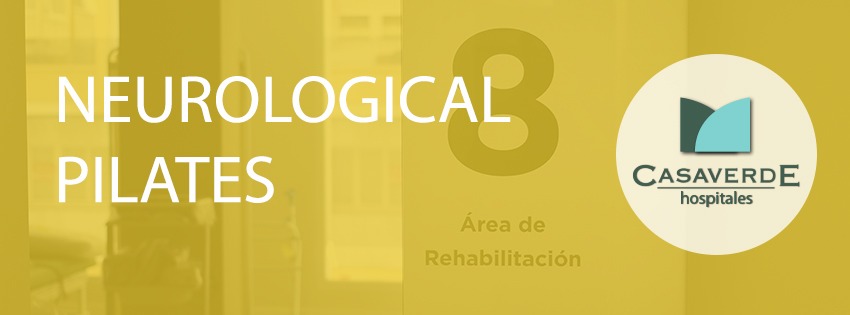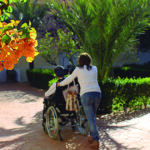Pilates as a complementary technique in neurorehabilitation

Among these new techniques, Pilates stands out because of its ease to be adapted to the patient’s capacities and because of its almost immediate benefits. But, how is it applied to neurological rehabilitation?
When the patient initiates a neurorehabilitation process, is so important to have a multidisciplinary team which can offers personalized therapies, but is also necessary to find complementary activities in the rehabilitation process, as long as, patient’s capacities allow for it. Neurological Pilates allows patients to improve different functions such as body awareness, muscle tone, pain or articular limitation; achieving a better health condition and wellness.
That’s why people who have suffered a cerebrovascular accident and require new rehabilitator tools, find in Pilates the perfect complement for their neurological rehabilitation programs. Adapted Pilates, differs because of being taught by a physiotherapist expert in neurological rehabilitation and in Pilates’ method; so all the exercises are modified and can be adapted to the needs and personal characteristics of each patient, including orthopaedic injuries, convalescences or rheumatic problems.
We are talking about customized exercises, which avoid possible alterations or flare ups, but always considering that the degree of disability allows the fulfilment of the required movements. In advance at the beginning of the activity, a patient’s assessment is performed, taking into account his/her pathological and traumatic history.
In the Casaverde Neurorehabilitation Hospital in Alicante, there are sessions of groups from three to five people, where the physiotherapist looks after the patients’ safety, guaranteeing that they make all the exercises and postures correctly.
With this method, capacities as breathing, relaxation (decreasing spasticity and pain caused by it), concentration (whole body awareness and movement stimulation), control and movement quality (improving balance and articular range), pelvis control and abdominal girdle (through a balanced contraction of abdominals, lumbar and buttocks), position, muscle tone and patient’s mood are treated.
It is a technique that besides working the body, reduces stress and provides a new awareness to the patient about his/her own body.
As its creator, Joseph Pilates, said: “Pilates is the complete coordination between body, mind and spirit”.



